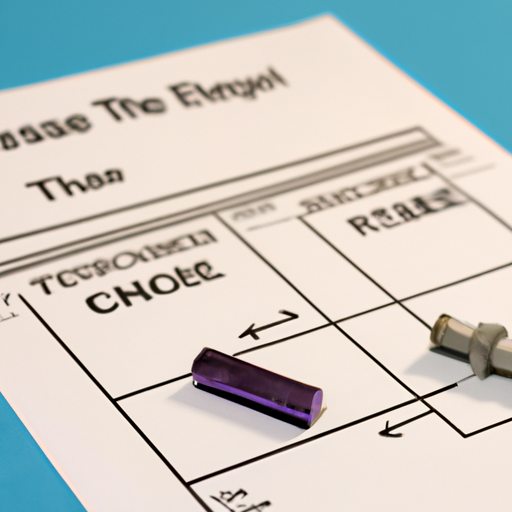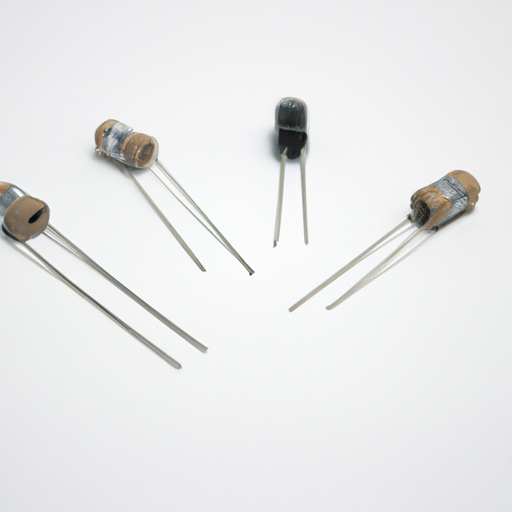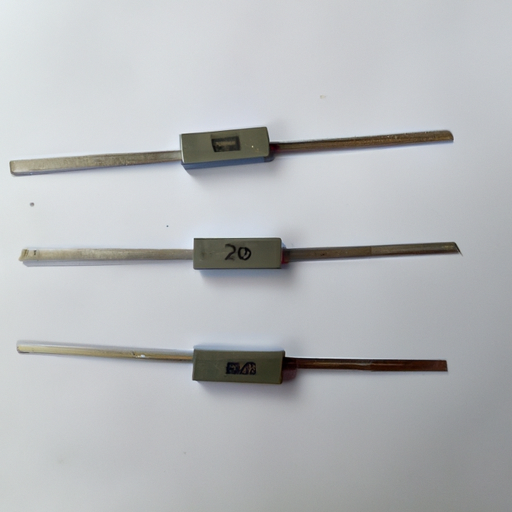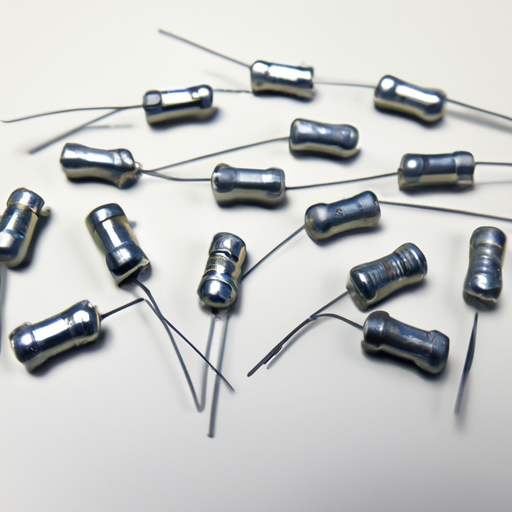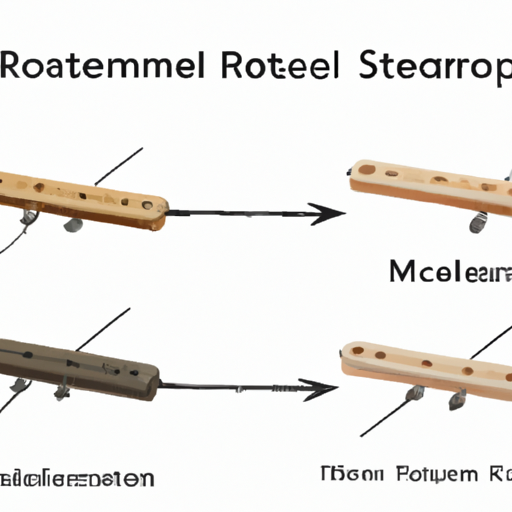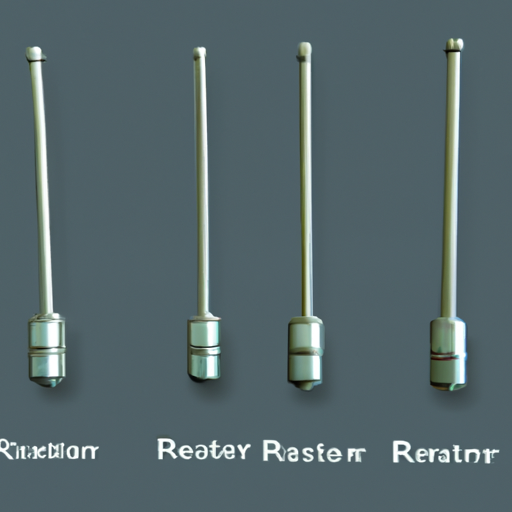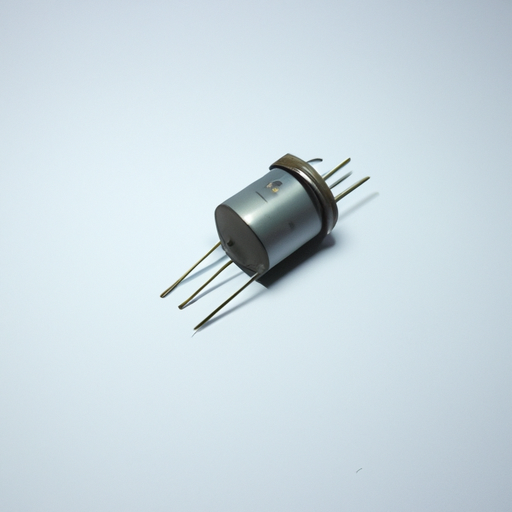How to Choose an Off-the-Shelf Variable Resistor
Introduction
Variable resistors, also known as adjustable resistors, are essential components in electronic circuits. They allow for the adjustment of resistance, enabling fine-tuning of voltage and current levels in various applications. Whether you're designing a new circuit or repairing an existing one, selecting the right off-the-shelf variable resistor is crucial for optimal performance. This article aims to guide you through the process of choosing the appropriate variable resistor for your needs, covering everything from basic definitions to practical tips for selection.
1. Understanding Variable Resistors
1.1 What is a Variable Resistor?
A variable resistor is an electronic component that allows the resistance to be adjusted manually or automatically. The most common types of variable resistors include potentiometers, rheostats, and trimmer resistors.
Potentiometers are three-terminal devices that can adjust voltage levels in a circuit. They are widely used in applications such as volume controls in audio equipment.
Rheostats are two-terminal devices primarily used to control current. They are often found in applications requiring high power, such as in light dimmers.
Trimmer resistors are small variable resistors used for fine-tuning circuits. They are typically adjusted only once during the setup phase and are not meant for regular adjustments.
1.2 Applications of Variable Resistors
Variable resistors are used in a variety of electronic devices. They play a crucial role in adjusting voltage, current, and resistance, making them indispensable in applications such as:
- Audio equipment (volume control)
- Lighting systems (dimming)
- Motor speed control
- Sensor calibration
- Signal processing
2. Key Specifications to Consider
When selecting an off-the-shelf variable resistor, several key specifications must be considered to ensure compatibility with your circuit design.
2.1 Resistance Value
The resistance value is a critical specification that determines how much resistance the variable resistor can provide. It is essential to select a resistor with a resistance range that meets the requirements of your application. To determine the required resistance, consider the circuit's voltage and current specifications, and use Ohm's Law (V = IR) to calculate the necessary resistance.
2.2 Power Rating
The power rating indicates the maximum power the resistor can handle without overheating. It is crucial to choose a variable resistor with a power rating that exceeds the power requirements of your circuit. To calculate power requirements, use the formula P = IV, where P is power, I is current, and V is voltage.
2.3 Taper Type
Variable resistors come with different taper types, primarily linear and logarithmic.
Linear tapers provide a uniform change in resistance, making them suitable for applications where a consistent response is needed.
Logarithmic tapers are often used in audio applications, as they mimic the human ear's response to sound, allowing for smoother volume adjustments.
Choosing the right taper type is essential for achieving the desired performance in your application.
2.4 Physical Size and Form Factor
The physical size and form factor of the variable resistor are important considerations, especially in compact designs. Common form factors include through-hole and surface-mount types. Ensure that the selected resistor fits within the available space in your circuit and is compatible with your assembly process.
2.5 Temperature Coefficient
The temperature coefficient indicates how much the resistance changes with temperature variations. A low temperature coefficient is desirable for applications requiring stable performance across a range of temperatures. Consider the operating environment of your circuit when selecting a variable resistor to ensure reliable performance.
3. Types of Off-the-Shelf Variable Resistors
3.1 Potentiometers
Potentiometers are versatile components used in various applications, from audio equipment to control panels. They offer a wide range of resistance values and are available in different sizes and tapers. However, they may not handle high power levels as effectively as rheostats.
3.2 Rheostats
Rheostats are designed for high-power applications and are typically used to control current. They are less common than potentiometers but are essential in applications like motor control and lighting. Rheostats usually have a higher power rating, making them suitable for demanding environments.
3.3 Trimmer Resistors
Trimmer resistors are small, adjustable resistors used for fine-tuning circuits. They are often used in calibration and adjustment applications where precise resistance values are required. Trimmers are typically adjusted only once, making them less versatile than potentiometers and rheostats.
4. Quality and Reliability
4.1 Material and Construction
The materials used in the construction of variable resistors significantly impact their performance and longevity. High-quality materials can enhance durability and reliability, while poor construction may lead to premature failure. Look for resistors made from robust materials, such as carbon or metal film, to ensure long-lasting performance.
4.2 Manufacturer Reputation
Choosing a reputable manufacturer is crucial for ensuring the quality and reliability of your variable resistors. Research manufacturers and read reviews to identify trusted brands. Established manufacturers often provide detailed specifications and performance data, making it easier to select the right component for your needs.
5. Cost Considerations
5.1 Budgeting for Variable Resistors
Variable resistors come in a wide range of prices, depending on their type, specifications, and quality. Establish a budget for your project and consider the cost range for different types of variable resistors. While it may be tempting to choose the cheapest option, remember that quality and performance should not be compromised.
5.2 Long-term Value
Investing in higher-quality variable resistors can provide long-term value. While they may have a higher upfront cost, their reliability and performance can lead to fewer failures and lower maintenance costs over time. Conduct a cost vs. performance analysis to determine the best option for your project.
6. Sourcing and Availability
6.1 Where to Buy Off-the-Shelf Variable Resistors
Variable resistors can be purchased from various online and physical retailers. Popular options include electronics supply stores, online marketplaces, and specialized component distributors. When shopping, compare prices and availability to find the best deals.
6.2 Lead Times and Stock Levels
Consider lead times when planning your project. Some components may have longer lead times due to manufacturing or supply chain issues. Check stock levels and order quantities to ensure you have the necessary components on hand when you need them.
7. Practical Tips for Selection
7.1 Application-Specific Considerations
Tailor your selection of variable resistors based on the specific needs of your project. For example, if you're designing an audio amplifier, a potentiometer with a logarithmic taper may be ideal. Conversely, if you're controlling a motor, a rheostat with a suitable power rating would be more appropriate.
7.2 Testing and Prototyping
Before finalizing your selection, it's essential to test the chosen variable resistors in prototypes. This allows you to evaluate their performance and make any necessary adjustments. Prototyping can help identify potential issues early in the design process, saving time and resources in the long run.
Conclusion
Selecting the right off-the-shelf variable resistor is a critical step in ensuring the success of your electronic project. By understanding the different types of variable resistors, key specifications, and practical considerations, you can make informed choices that lead to optimal performance. Remember to consider factors such as resistance value, power rating, taper type, and manufacturer reputation when making your selection. With careful planning and consideration, you can choose a variable resistor that meets your needs and enhances the functionality of your circuit.
References
- "The Art of Electronics" by Paul Horowitz and Winfield Hill
- "Electronic Components: A Complete Reference for Project Builders" by Mark J. Balch
- Manufacturer datasheets and specifications for variable resistors
- Online electronics forums and communities for user reviews and recommendations

